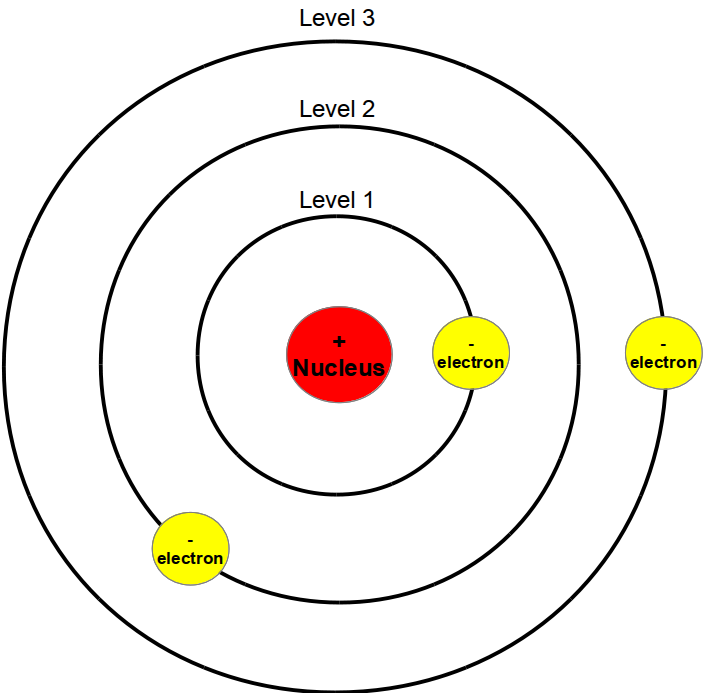

We can use the same basic strategy, but in a more sophisticated way, to begin to explore the organization of electrons in particular atoms. Thompson’s studies (remember them), suggested that all atoms contained electrons. Let us take a look at some orbitals, their quantum numbers, energies, shapes and how they can be used to explain atomic behavior.Įxamining atomic structure using light: on the road to quantum numbers: However we can use the results of these calculations to provide a model for the arrangements of electrons in an atom - that is we can introduce the idea of orbitals - which are mathematical descriptions of the probability of finding electrons in space, and determining their energies. It is far beyond the scope of this book to present the mathematical and physical basis for these calculations, so we won’t pretend to try. One way to think about this is that almost every aspect of an electron (within an atom or a molecule) is quantized – that is, only defined values are allowed for its energy, probability distribution, orientation, and “spin”. They can be described in terms of a set of “quantum numbers” (recall that Bohr’s model also invoked the idea of quantum numbers). The solutions to the Schrödinger equation are a set of equations (wave functions) that describe the energies and probabilities of finding electrons in a region of space.

Schrödinger used the idea of electrons as waves and described each atom in an element by a mathematical wave function using the famous Schrödinger equation (HΨ = EΨ) – we assume that you have absolutely no idea what either HΨ or EΨ are, but not to worry, you don’t really need to. Of course, you can't really tell if the electron is in that region at any particular moment, because if you did you would have no idea of where the electron would be in the next moment.Ī mathematical description of the behavior of electrons in atoms was developed by Erwin Schrödinger (1887–1961), and extended by Max Born (1882–1970). In this terminology, electron density represents the probability of an electron being within a particular volume of space the higher the probability, the more likely it is in a particular region at a particular moment. Why misleading?Because (to a normal person) the term orbital implies that the electron actuallyhas a defined and observable orbit, something that is simply impossible to know(can you explain why?)Īnother common and often useful way to describe where the electron is in an atom is to talk about the electron probability density, or electron density for short. We refer to these probability distributions bythe anachronistic, misleading, and Bohrian term “orbitals”. If we were to find it, we wouldknow next to nothing about its energy, which implies we would not know whereit would be in the next moment. If we knowtheir energies, which we do, then the best we can do is to calculate a probabilitydistribution that describes the likelihood of where a specific electron mightbe found (if we were to look for it, of course). Our current working model of the atom is based on quantum mechanics – whichincorporates the idea of quantized energy levels, the wave properties of electrons,and the uncertainties associated with electron location and momentum.

Chemistry, life, the universe and everything Chapter 2.6: Orbitals, electron clouds, probabilities, and energies


 0 kommentar(er)
0 kommentar(er)
